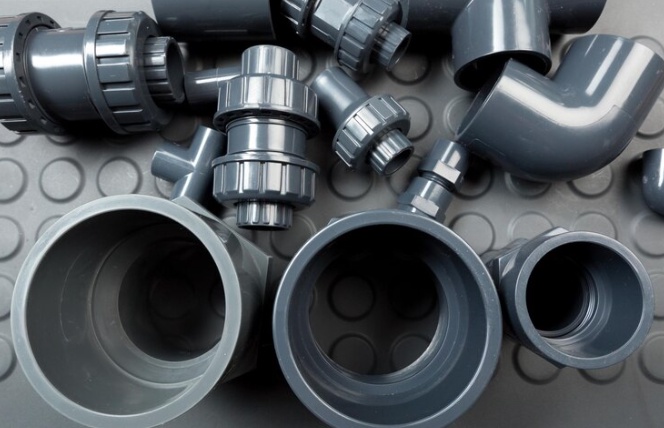In the world of manufacturing and construction, industrial flanges play a crucial role in ensuring the integrity and efficiency of piping systems. These seemingly simple components serve as essential connectors, joining pipes, valves, and other equipment to create a network of fluid or gas-carrying conduits. Let's delve deeper into the significance of industrial flanges and their various applications across different industries.
At their core, industrial flanges are flat, circular discs with evenly spaced holes for bolts or studs. They come in a variety of shapes, sizes, and materials to accommodate different piping requirements and environmental conditions. While their basic design may seem straightforward, the importance of industrial flanges lies in their ability to provide secure and leak-proof connections between piping components.
One of the primary functions of industrial flanges is to facilitate easy assembly and disassembly of piping systems. By connecting pipes and valves with bolts or studs, flanges allow for quick installation and maintenance, minimizing downtime and labor costs. Moreover, their modular design enables flexibility in system layout and configuration, making it easier to adapt to changing operational needs.
Another key aspect of industrial flanges is their role in preventing leaks and ensuring the integrity of piping systems. When properly installed and tightened, flanges create a tight seal between adjacent components, preventing the escape of fluids or gases and minimizing the risk of environmental contamination or safety hazards. This sealing capability is especially critical in industries where leakage can have serious consequences, such as petrochemicals, oil and gas, and pharmaceuticals.
Industrial flanges also play a vital role in accommodating thermal expansion and contraction in piping systems. As temperatures fluctuate, pipes may expand or contract, leading to stress and strain on connections. Flanges with flexible designs, such as slip-on or
expansion joints, allow for movement and absorb thermal stresses, reducing the risk of damage or failure in piping systems.
Furthermore, industrial flanges serve as essential components in the construction of pressure vessels and tanks. By providing secure connections between vessel components, such as shells, heads, and nozzles, flanges help maintain structural integrity and prevent leaks under high-pressure conditions. This is particularly important in industries where pressure vessels are used to store or transport hazardous substances, such as chemicals or compressed gases.
In addition to their functional benefits, industrial flanges offer advantages in terms of versatility and compatibility. With a wide range of flange types, sizes, and materials available, engineers and designers have the flexibility to select the most suitable options for their specific application requirements. Whether it's carbon steel, stainless steel, or alloy materials, flanges can be tailored to meet the demands of diverse operating conditions and environments.
Moreover, industrial flanges are essential components in piping systems for various industrial processes, including water treatment, power generation, and food and beverage production. From connecting pumps and compressors to valves and instrumentation, flanges facilitate the flow of fluids and gases throughout these complex systems, enabling efficient and reliable operation.
In conclusion, industrial flanges are indispensable components in piping systems across a wide range of industries. From their role in facilitating assembly and maintenance to ensuring leak-proof connections and accommodating thermal expansion, flanges play a critical role in the integrity and efficiency of industrial processes. As technology and materials continue to evolve, the significance of industrial flanges remains steadfast, providing essential support for the infrastructure and operations that drive global commerce and innovation.


No comments yet